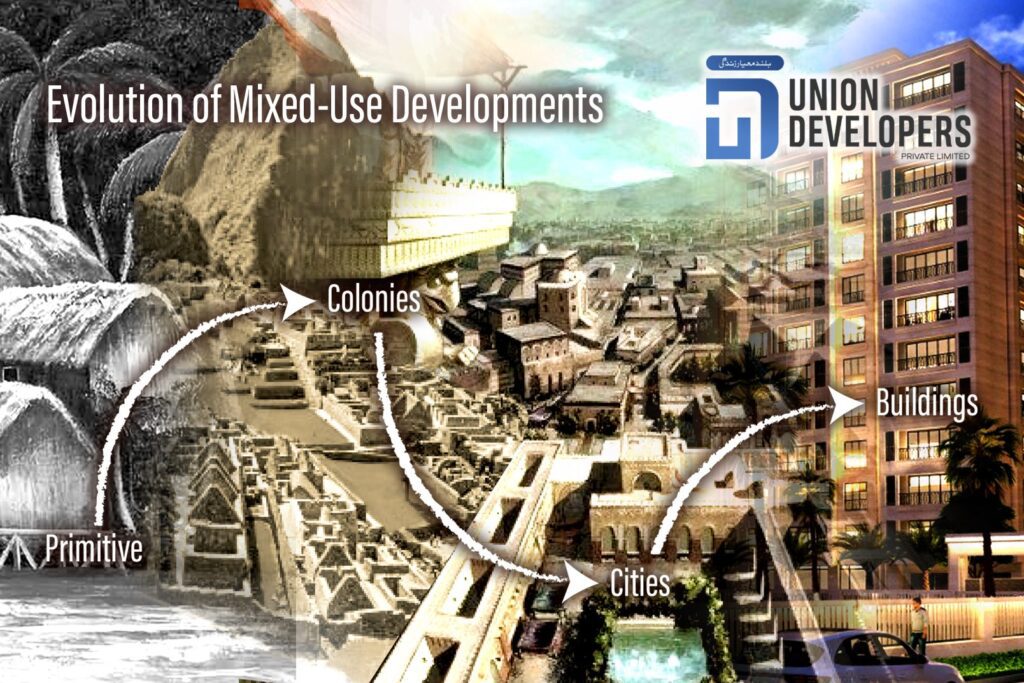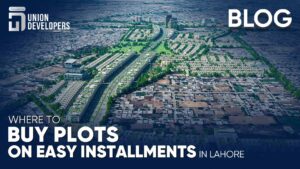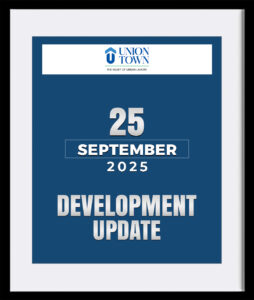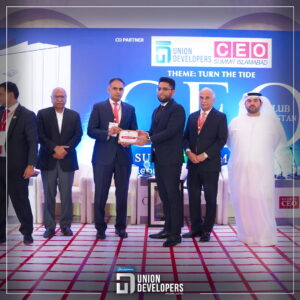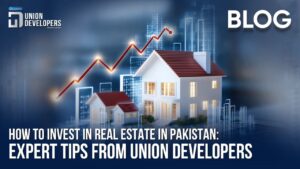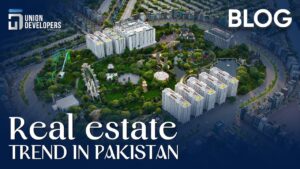It is estimated to the best of human knowledge that some 6000 years ago, men came across a piece of land ideally located in a way that the River Euphrates flowed on the East side along with the River Tigris forming a crescent on the South while the West shored on the Mighty Nile. This was the starting of the copper age as mankind had just stepped out of their caves ending what is now known as ‘The Stone Age’. This was the City of Mesopotamia, nestled within the rivers which is in fact the literal meaning of the name Mesopotamia means “Between Rivers” and the reason that the extraordinary fertile soil was able to sustain groups of people. On top, the large deposits of copper discovered next door which was the material of choice to build tools and other crafts. This was the setting of the first civilization of Sumeria when man realized the advantages of living together and benefitting from each other’s expertise and talents. As some people worked to grow crops others mined the precious copper which was then molded into tools to be used for the farmers.
As land grew rich, it needed to be protected. And hence the need for weapons, which were also molded out of copper, were handed over to the men who were tasked with the protection of Mesopotamia and their resources became the first standing army. A ruler was selected to make sure all of these different functionalities remained organized.
So, from the very first city of the very first civilization man has had mixed-use developments as their habitat. This form of living is most commonly observable today in which a group of people who decide to gather at a specific location because of its fertility or resources and benefit each other by their talent and expertise, whether it is the ability to make tools or providing health care services to sick and injured by their knowledge of medicine. Those not growing crops are then reimbursed for their efforts with the provision of food. Hence everyone can focus on their respective jobs and improve upon them while living in these mixed-use developments.
This terminology came into being when some developing nations started developing purpose-build zones out of concerns to separate the residential areas from the industrial ones. To keep commercial zones reachable but separate so that the residential areas would not be crowded by places of commerce. Hence these business hubs or offices were clustered into buildings away from residential zones. One main reason for this segregation was the growing use of automobiles as a personal transport.
This segregation was experimented on over the last century and has yielded some very undesirable results. Large overly polluted industrial areas with close to unbreathable toxic levels of air and water. Large areas of population segregated far away from city centers for the rich and congested living conditions for the poor communities separating them with the effectiveness of a sharp dagger exposing the prejudice of our society. Lastly purpose-built retail zones clustered away from the population defeat the purpose of cost effectiveness as the price of fuel increased and the cost of transportation is added onto the bill.
Low budget housing aimed towards the poor reducing the cost of transportation resulted in the “Slums” which became too congested to maintain hygiene, and the close proximity also led to the rise in disease, declining health and crime.
Realizing these shortcomings in segregated town planning modern societies have turned back to the concept of mixed-use developments. With units scaling from small town to a single high-rise containing within itself all necessary amenities like medical, recreational retail and business all under one roof or in some areas where there is shortage of land and as large as small cities wherein the community has everything within reach via a convenient means of approach. This could be a well routed bus system or simply walkable with well-maintained walkways and bicycle paths.
Pakistan has also suffered from such poorly planned areas which house industry, retail, education and residential separately causing all the problems explained above. This doesn’t mean that all mixed-use developments are an answer to all our problems. Simply cramming a shopping mall on the ground floor and residential or offices on top. This small example of a mixed-use developments can go wrong in so many ways, most of which we have numerous examples of. Most common mistake is the miscalculation of the footfall at any of the given facility, and it goes both ways, too much or too few would result in choke points, bottle necks and eventually inaccessibility. A vertical mixed-use development or a high-rise hosting a bunch of amenities, may see one of its niche to gain popularity, a shopping mall on the ground floor become so popular that the occupants of the offices or residential units above literally may feel suffocated due to this.
A well planned multiple or mixed-use development can have many benefits that is the reason why most of the developers are keen on designing such spaces and communities.
Mixed-use developments not only prove to be useful in conservation of energy, such as fuel, electricity etc. but also reduces the need for utilities like roads. They reduce pollution as exhaust from vehicles and other wastage is reduced. At the same time these roads and concrete parking lots for manufactured vehicles can be replaced with smartly designed spaces like parks, and open areas.
But the best benefit of a well-designed mixed-use development is the sense of community. The sense of ownership promotes self-confidence and that increases mortality. A community with values leads to high moral societies which results in a happier healthier thriving populace.
Idea of developing rooftop or vertical gardens is also a part of it. Smart and quick views soothe your eyes while green areas and plantation helps to improve air quality index, promotes healthy livelihood, decreases waste and save buildings from rainwater. In modern developments, new trend is to include roof-top cafés and restaurants alongside greenery which people prefer for lunch meetings or hangouts. This improvisation is also a quick break from the monotony of offices meetings or home get togethers, with low oxygen levels.
This is the reason why more and more developers are focusing towards educating themselves on good development practices, taking the lead from high end successful projects in the west some developers are overcoming the problems that are common place in large city centers like Lahore. Problems of logistics, waste removal, communications infrastructure and security are the main reasons of successful mixed-use development projects.


